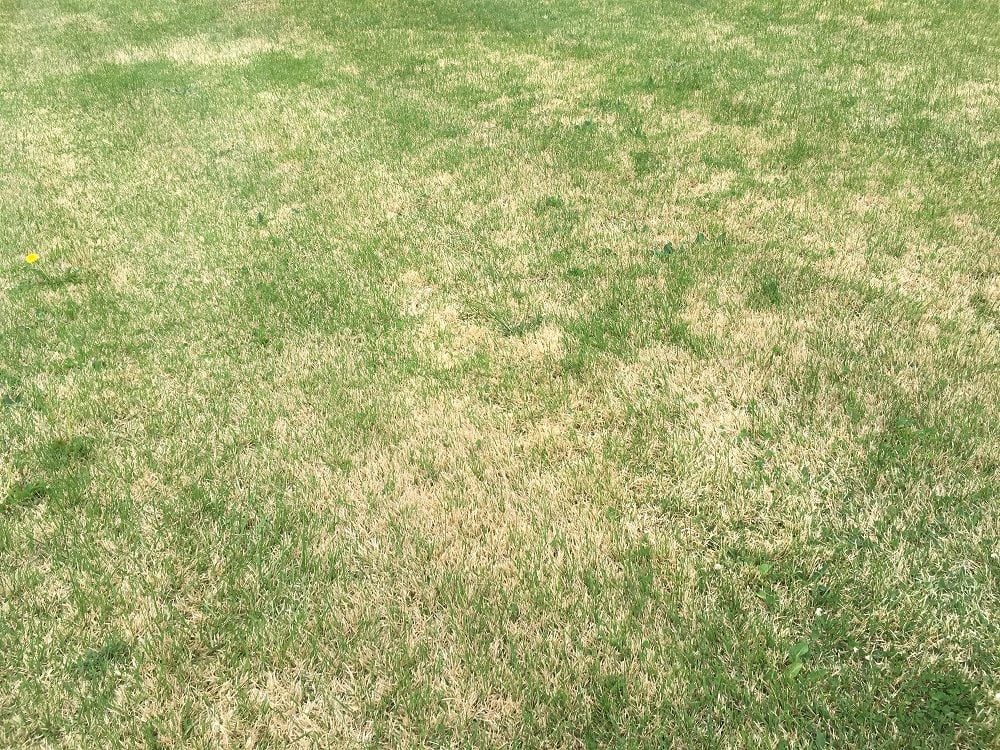
If your lawn is anything but dark green, you might be wondering what’s going on. When lawns turn colors like light green, yellow, or even brown, there are lawn problems at hand—but what’s causing them?
The truth is, figuring out “Why is my grass turning yellow or brown?”, can be much more complicated than you might imagine. The answers are not always cut and dry. Even so, we’ll explore some of the common answers as well as what you can do about them.

When lawns start to turn color, the first thing that homeowners want to know is what’s wrong with my lawn? The following are the most common reasons a lawn is turning yellow or brown, as well as some tips on how to fix the problem.
Your lawn needs water to thrive and when it doesn’t receive enough, it can start to wilt and ultimately the grass will turn pale green or yellow. Mother Nature doesn’t always provide enough water and you need to get on a regular watering schedule or consider an irrigation system.
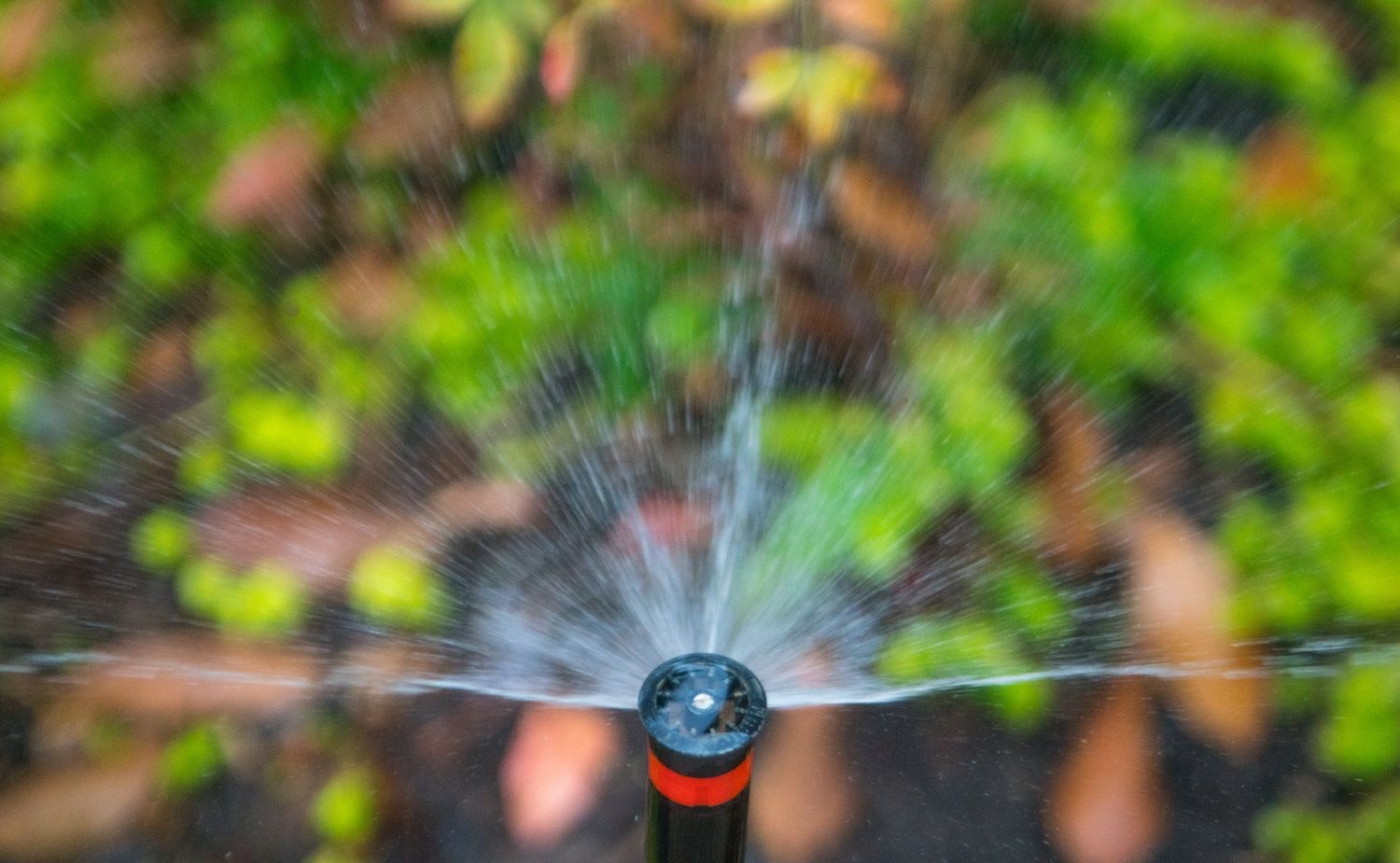
If you do have an irrigation system, a quarterly irrigation system check-up can help ensure that your system continues to run properly.
Lawn color changes can also be caused by insects that eat grass and its roots. In the early stages of insect damage, your grass can first appear wilted, then yellow, and ultimately brown.
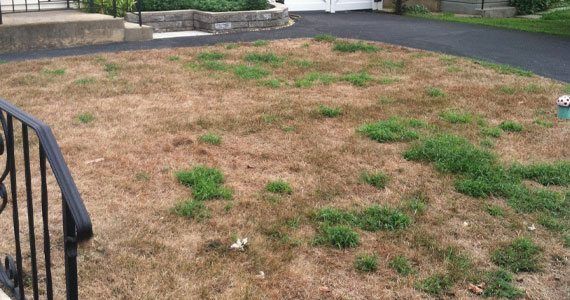
In Northern Texas, grubs, chinch bugs, and armyworms are the three biggest problems. If you find yourself wondering, why is my lawn dying? it’s quite possible you’re dealing with a lawn insect infestation.
Fortunately, there are preventative treatments for lawn insects that can help you avoid damage in the first place. Or, if you’re already dealing with a problem, there are control products that can help. However, the first step is for a professional to determine exactly what you’re dealing with.
Various turf diseases are another common culprit behind lawn discoloration. Fungal diseases, in particular, can rapidly spread and cause lawns to turn yellow then brown. Lawn fungus can be aggressive but professional applications of fungicides can help get lawn disease under control and even prevent them in some instances.
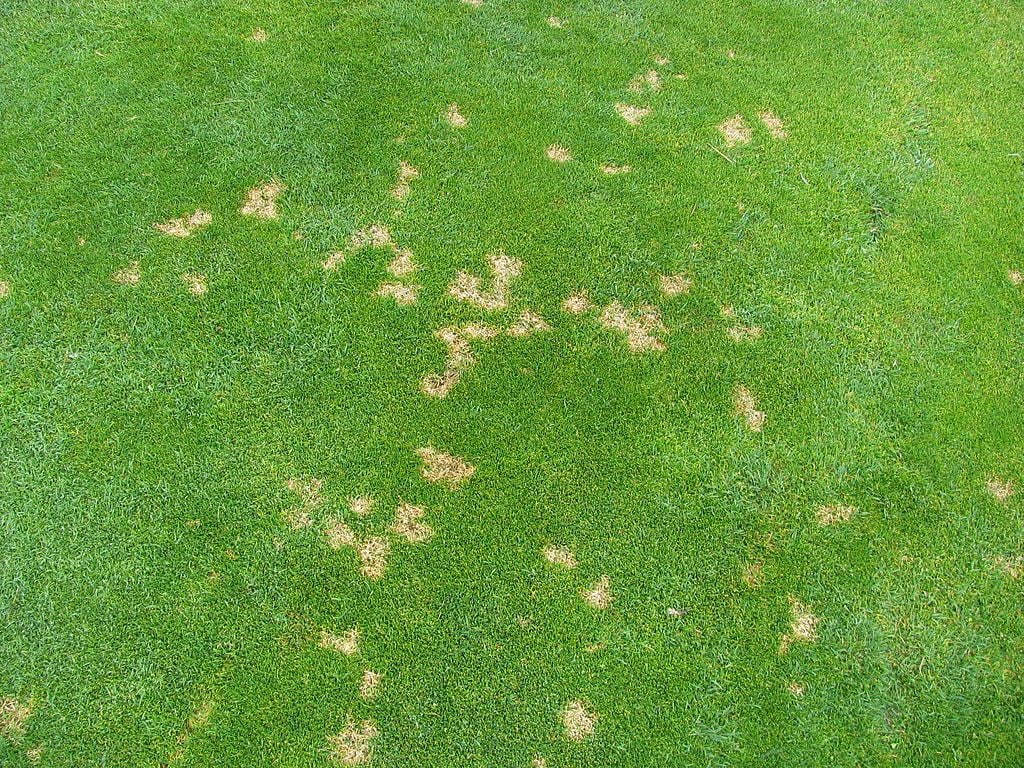
In addition, because lawn fungus can be so damaging (and so quickly), having a regular “eye” on your lawn can help in the effort to catch a problem early.
Some species of undesirable grasses are naturally shades of green that you don’t desire. If your lawn is pale green or yellow, it could be a sign of an infestation of unwanted grassy weeds.
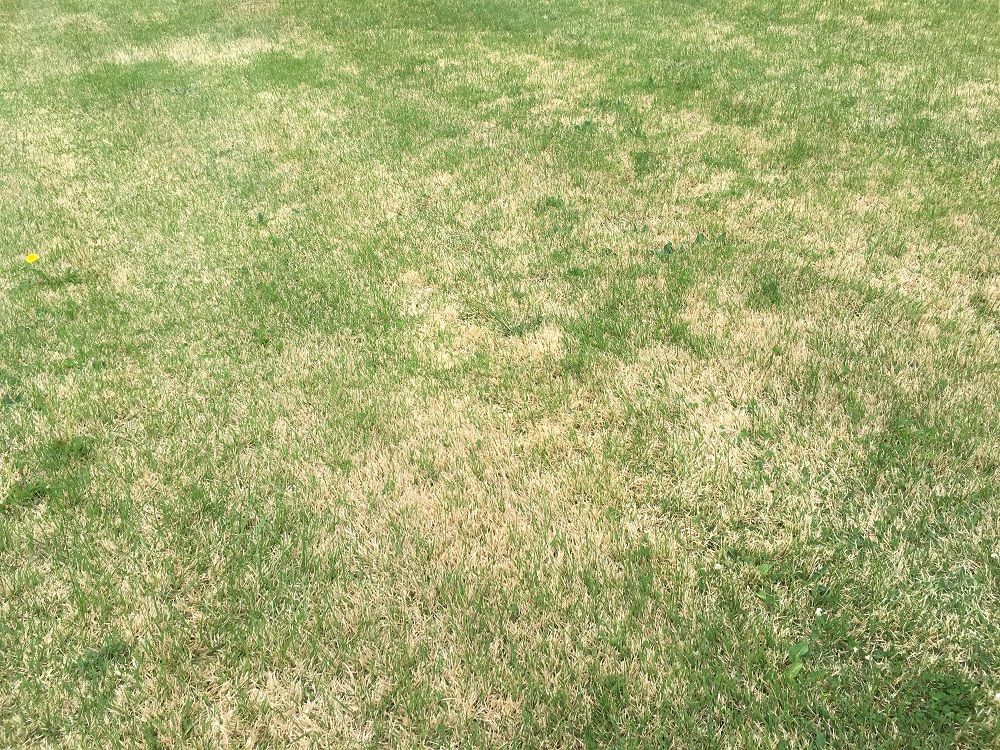
Though getting rid of weeds in the lawn isn’t a simple task, lawn aeration can be tremendously helpful in filling in bare patches and encouraging desirable turf to grow healthy and strong. In other instances, you may need a lawn renovation and new sod.
Nitrogen deficiency is a common cause of pale green or yellowish grass. But applying the right amount of fertilizer at the right times of year is key to a healthy green lawn. Allowing a professional to handle your lawn fertilization needs will help ensure that they’re performed properly and that you are achieving the best possible results.
The fact is, all of the reasons that we’ve listed above are possible causes of your lawn turning yellow, brown, or dying.
Sometimes it’s even a combination of more than one of these items. Because each of these lawn problems can have symptoms that look the same, it’s important to have a professional determine what’s actually going on.
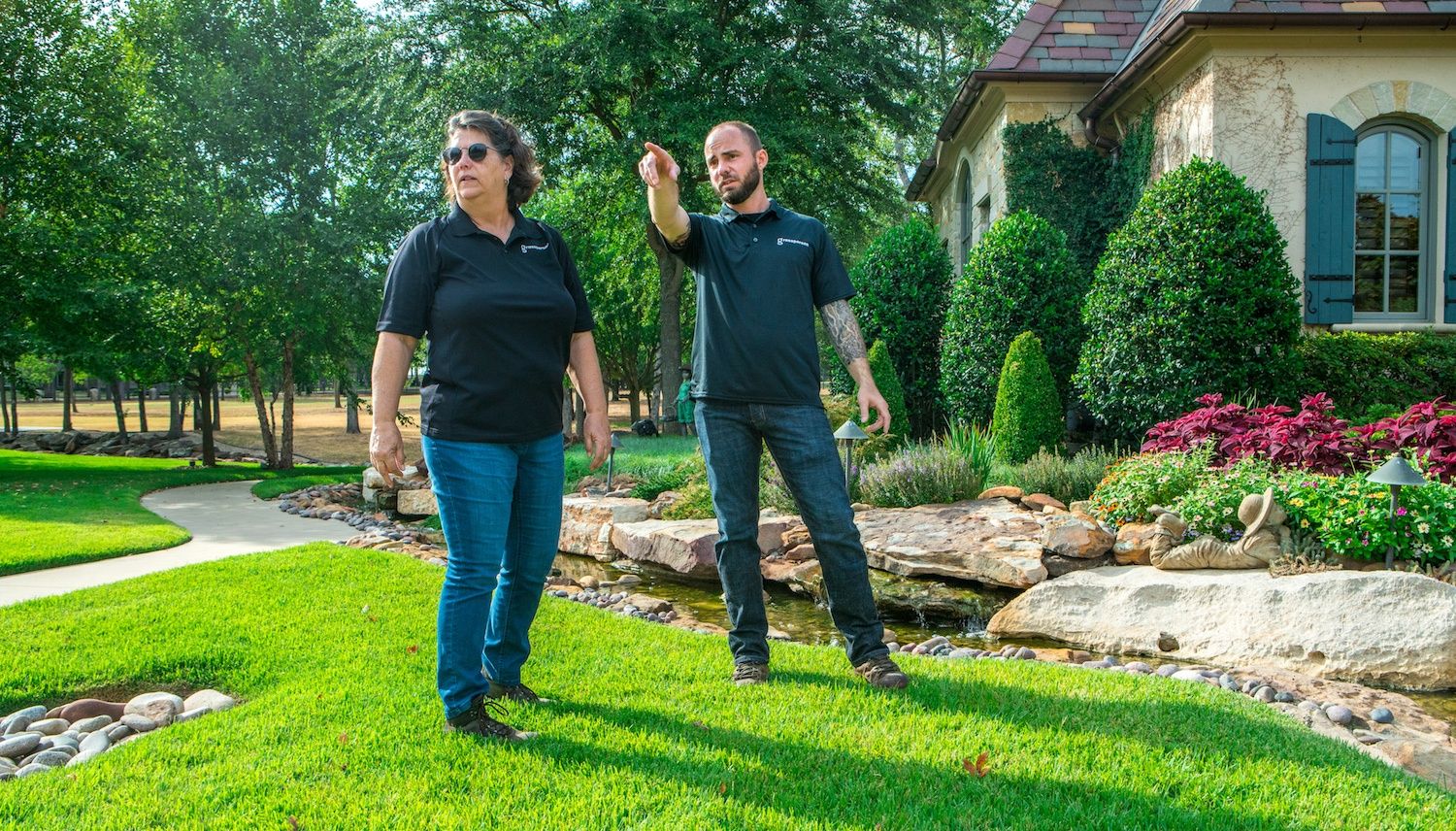
Without the proper diagnosis of the problem, you won’t be able to fix your yellow or brown grass. Unfortunately, you could even make the problem worse. For instance, if you think your lawn is experiencing drought stress and you start watering a lot more, but it turns out it was a fungus, you could make the problem significantly worse. Fungal diseases thrive and spread in wet conditions.
If you truly want the best lawn on the block, then it’s important to leave the care of your lawn in the hands of a knowledgeable lawn care professional. Not only will this take the burden off of you, but it will also ensure that lawn problems are caught early and handled properly. The result will be a thick, green lawn that you love.
Ready to get the results that you desire for your lawn in the Flower Mound, Highland Village, or Lewisville, TX area? Get a free quote and then enjoy the best lawn with no worries!
Image sources: dollar spot
These Stories on Lawn Care